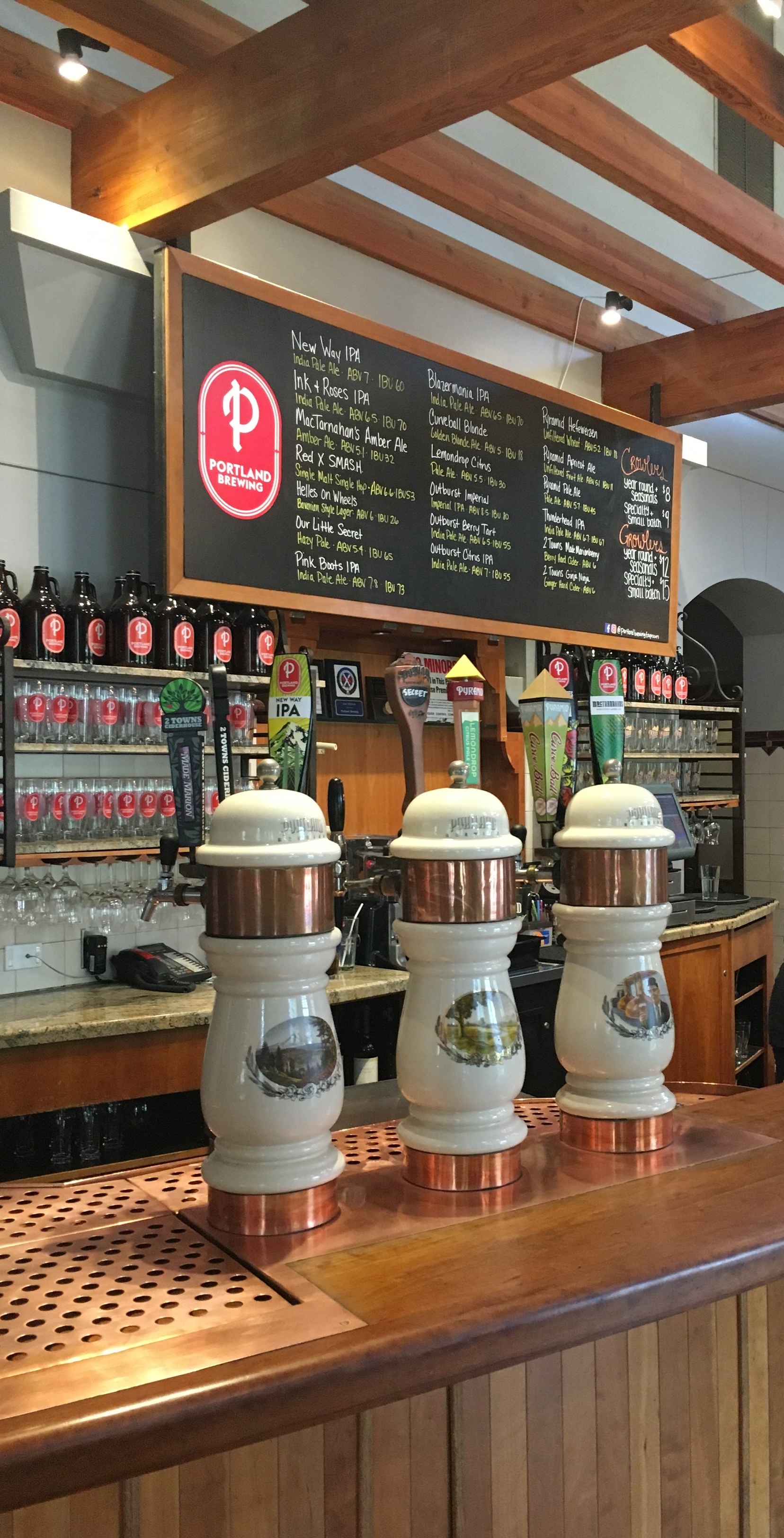In my last blog post, I talked about rethinking how to go about planning your next fundraising auction. One of the main points I covered was the size of the event. It really comes down to the ROI, return on investment. What if I told you that in the following year, you should only invite half the people AND double your ticket price? Your first thought would probably be an emphatic NO. I'll let you in on a not-so-secret secret. As with most other sales transactions, the 80/20 rule applies. This is true for most things in the world of business, auctions included. What is the 80/20 rule? Also known as the Pareto Principle, it is the rule of thumb that 80% of your output is determined by 20% of your input. For example, in business it works out that 20% of your customers represent 80% of your sales. Or in our case, 20% of your event's patrons are bidding for your auction items 80% of the time. That means, in a crowd of 300, there are really only 30 actual serious bidders!
Let's do the math: starting with 300 people, divide that by 2 because most people come as part of a couple, apply the Pareto Principle by calculating 20% of 150, you are then left with only 30 true bidders in the room. What if, instead of trying to accommodate a lukewarm crowd of 300 at $250 a head, you double the ticket price and halve the number of guests? That translates into $75,000 in ticket sales right off the bat! Plus your fundraiser is left with only your most committed of patrons. Isn't it likely that the guy/gal who already spent $1,000 to attend your fundraiser with his wife/her husband, be the same guy/gal who takes home the grand auction prize?
Do your own little study at your next fundraising event and then give me a call.





